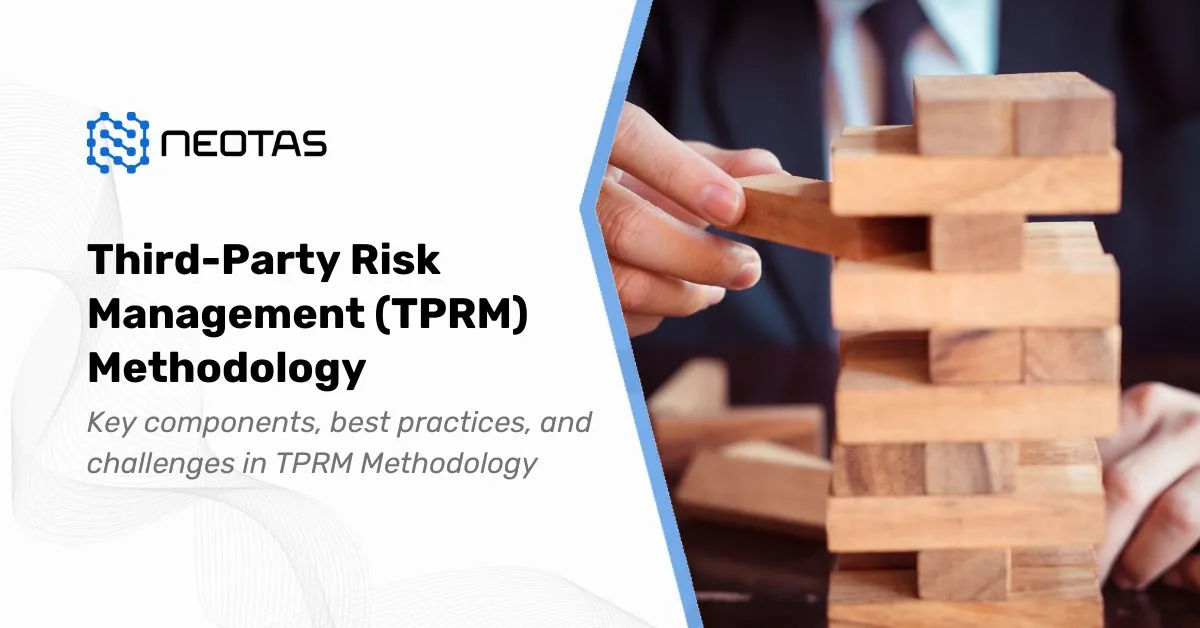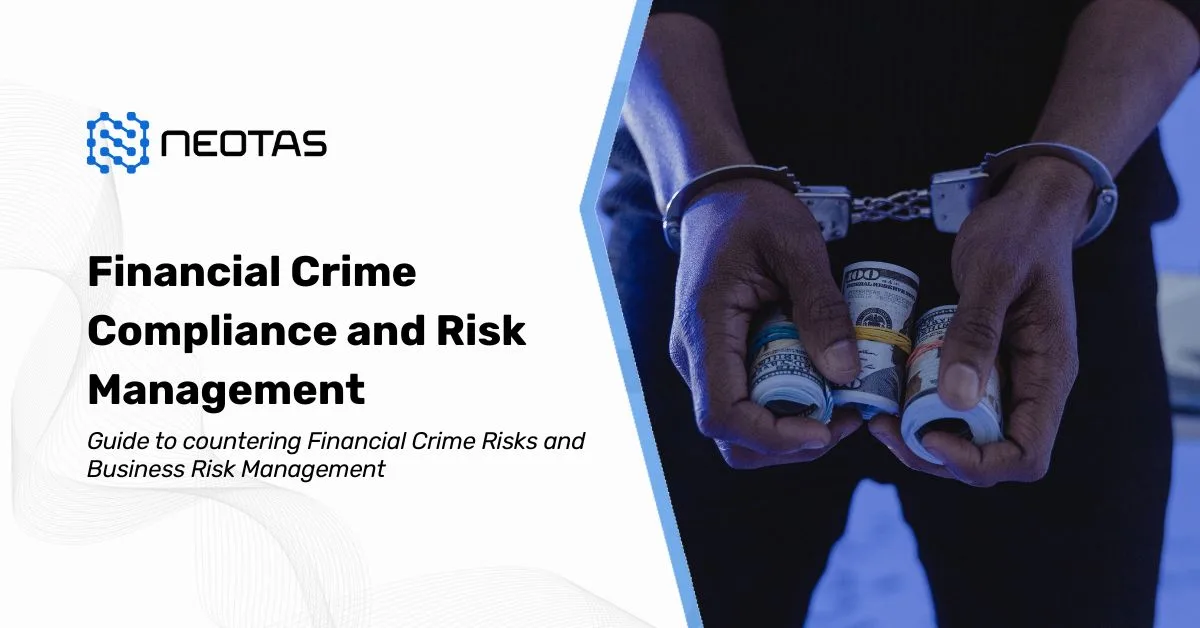AML Compliance Checklist for Banks
AML Compliance Requirements, AML Regulations and Best Practices for Anti-Money Laundering
Anti-Money Laundering (AML) compliance is an intricate process involving multiple layers of controls, policies, and procedures designed to prevent the use of financial systems for illicit purposes. An effective AML compliance programme not only helps banks adhere to legal requirements but also fortifies the financial system against potential abuses. This expanded checklist provides a thorough overview of essential features and best practices that banks should incorporate into their AML compliance frameworks.
1. Assign a Compliance Officer
Role and Importance: The AML Compliance Officer (often referred to as the Money Laundering Reporting Officer or MLRO) is pivotal in managing and overseeing the AML programme. This individual ensures that the bank’s AML policies are implemented correctly and that all staff comply with these policies.
Key Responsibilities:
- Policy Development: Create and update AML policies and procedures.
- Regulatory Liaison: Act as the main contact for regulatory authorities and ensure timely communication regarding AML matters.
- Oversight: Monitor the implementation of AML policies and procedures across the bank.
- Reporting: Prepare and submit Suspicious Activity Reports (SARs) to relevant authorities when necessary.
- Audit and Review: Oversee internal audits and reviews of AML processes to identify areas for improvement.
2. Take a Risk-Based Approach to AML
Principle: A risk-based approach allows banks to allocate resources effectively by focusing on areas with higher risks of money laundering. This approach helps to optimise the use of resources and enhances the efficiency of the AML programme.
Steps to Implement:
- Risk Assessment: Conduct a thorough risk assessment to identify and evaluate risks associated with customers, products, services, and geographic regions.
- Tailored Controls: Develop and implement controls and monitoring mechanisms tailored to the identified risks.
- Continuous Monitoring: Regularly review and update the risk assessment to reflect changes in the bank’s operations or external factors.
Documentation:
- Risk Assessment Reports: Document findings from risk assessments, including the rationale behind risk ratings and the controls implemented.
3. Develop Internal AML Policies
Components:
- AML Policy: Draft a comprehensive AML policy that defines the bank’s stance on preventing money laundering and outlines procedures for compliance.
- Procedures: Develop detailed procedures for customer due diligence (CDD), transaction monitoring, and reporting of suspicious activities.
- Governance: Define the governance structure for AML compliance, including roles and responsibilities across various levels of the bank.
Review:
- Periodic Reviews: Regularly review and update AML policies and procedures to ensure they align with current regulations and best practices.
4. Establish an AML Training Program
Purpose: Training is crucial to ensure that all employees understand their roles in preventing money laundering and are aware of the latest AML regulations.
Training Elements:
- Initial Training: Provide comprehensive training to new employees on AML policies, procedures, and their responsibilities.
- Ongoing Training: Implement continuous training programmes to keep employees informed about changes in AML regulations and emerging threats.
- Specialised Training: Offer advanced training for employees in high-risk areas, such as compliance officers and senior management.
Evaluation:
- Assess Effectiveness: Use quizzes, feedback forms, and performance evaluations to assess the effectiveness of the training programme and make improvements as needed.
5. Perform Customer Due Diligence (CDD)
Processes:
- Identification and Verification: Verify the identity of customers using reliable and independent sources. This includes obtaining and verifying identification documents and other relevant information.
- Risk Profiling: Assess the risk level of each customer based on factors such as their transaction history, business activities, and geographic location.
- Ongoing CDD: Regularly review and update customer information and risk profiles to reflect any changes in their circumstances or activities.
Enhanced Due Diligence (EDD):
- High-Risk Customers: Apply additional scrutiny to customers deemed high-risk, such as Politically Exposed Persons (PEPs) or those from high-risk jurisdictions.
- Source of Funds: Investigate and verify the source of funds for high-risk customers to ensure they are legitimate.
6. Screen Customers Against Sanctions Lists and Watchlists
Processes:
- Sanctions Screening: Regularly screen customers against national and international sanctions lists to ensure compliance with sanctions regulations.
- Watchlist Screening: Check customers against watchlists from financial intelligence units, law enforcement agencies, and other relevant bodies.
Updates:
- List Updates: Ensure that the sanctions and watchlists used for screening are updated regularly to reflect the most current information.
- Screening Tools: Use automated screening tools to streamline the process and enhance accuracy.
7. Monitor Transactions
Monitoring Systems:
- Automated Systems: Implement automated transaction monitoring systems that analyse transactions in real-time to detect unusual patterns and potential money laundering activities.
- Manual Reviews: Complement automated monitoring with manual reviews for transactions flagged by the system or that require additional scrutiny.
Red Flags:
- Unusual Patterns: Be alert to transaction patterns that deviate from a customer’s normal behaviour, such as large, unexplained cash deposits or frequent transfers between accounts.
- High-Risk Transactions: Monitor transactions involving high-risk jurisdictions or large sums of money, particularly those without a clear business rationale.
8. Report Suspicious Activities
Procedures:
- Suspicious Activity Reports (SARs): Develop procedures for the timely and accurate filing of SARs with relevant regulatory authorities.
- Documentation: Maintain detailed records of the reasons for suspicion, the nature of the activities, and any actions taken.
Compliance:
- Regulatory Requirements: Ensure compliance with reporting requirements and deadlines set by regulatory authorities.
- Internal Reporting: Establish internal reporting procedures to ensure that suspicious activities are flagged and addressed promptly.
9. Keep Records of the Bank’s AML Processes
Requirements:
- Documentation: Maintain comprehensive records of all AML-related activities, including customer due diligence, transaction monitoring, and reporting of suspicious activities.
- Retention Period: Ensure records are kept for the duration required by regulatory authorities (typically five years or more).
Accessibility:
- Record Management: Implement efficient record management systems to ensure that records are easily accessible for internal reviews, audits, and regulatory inspections.
10. Use Automated AML Tools and Technology
Technological Solutions:
- Automated Monitoring Systems: Deploy systems that provide real-time monitoring and analysis of transactions to detect suspicious activities.
- Artificial Intelligence (AI): Utilise AI and machine learning algorithms to enhance the detection of patterns and anomalies that may indicate money laundering.
Benefits:
- Efficiency: Technology automates repetitive tasks, allowing compliance staff to focus on more complex issues.
- Accuracy: Reduces the risk of human error in detecting and reporting suspicious activities.
- Scalability: Adapts to increasing transaction volumes and evolving threat landscapes.
Conclusion
Implementing a thorough AML compliance checklist is vital for banks to effectively combat money laundering and ensure regulatory adherence. By assigning a dedicated compliance officer, taking a risk-based approach, developing robust internal policies, and leveraging technology, banks can strengthen their AML programmes and protect their operations from potential abuses. Regular reviews, ongoing training, and meticulous record-keeping further enhance the effectiveness of AML efforts, ensuring that banks remain vigilant and compliant in a dynamic regulatory environment.
About Neotas Due Diligence
Neotas Platform covers 600Bn+ archived web pages, 1.8Bn+ court records, 198M+ corporate records, global social media platforms, and 40,000+ Media sources from over 100 countries to help you build a comprehensive picture of the team. It’s a world-first, searching beyond Google. Neotas’ diligence uncovers illicit activities, reducing financial and reputational risk.
AML Solutions:
- Risk-Based Approach (RBA) to AML & KYC risk management
- Anti-Money Laundering (AML) Compliance
- Anti-Money Laundering (AML) Checks
- Anti-Money Laundering (AML) Regulations
- Anti-Money Laundering (AML) Compliance Checklist
- Anti-Money Laundering (AML) Compliance Checklist for Banks
- Anti-Money Laundering (AML) Transaction Monitoring
- Money Laundering Reporting Officer (MLRO) – Roles and Responsibilities of an MLRO
- What is Customer Due Diligence in Banking and Financial Services?
Due Diligence Solutions:
- Enhanced Due Diligence
- Management Due Diligence
- Customer Due Diligence
- Simplified Due Diligence
- Third Party Risk Management
- Open Source Intelligence (OSINT)
- Customer Due Diligence Requirements
- Introducing the Neotas Enhanced Due Diligence Platform
Due Diligence Case Studies:
- Case Study: OSINT for EDD & AML Compliance
- Overcoming EDD Challenges on High Risk Customers
- Neotas Open Source Intelligence (OSINT) based AML Solution sees beneath the surface
- ESG Risks Uncovered In Investigation For Global Private Equity Firm
- Management Due Diligence Reveals Abusive CEO
- Ongoing Monitoring Protects Credit Against Subsidiary Threat
- AML Compliance and Fraud Detection – How to Spot a Money Launderer and Prevent It
- What is Customer Due Diligence in Banking and Financial Services?



 Financial Crime Compliance Trends 2024
Financial Crime Compliance Trends 2024












